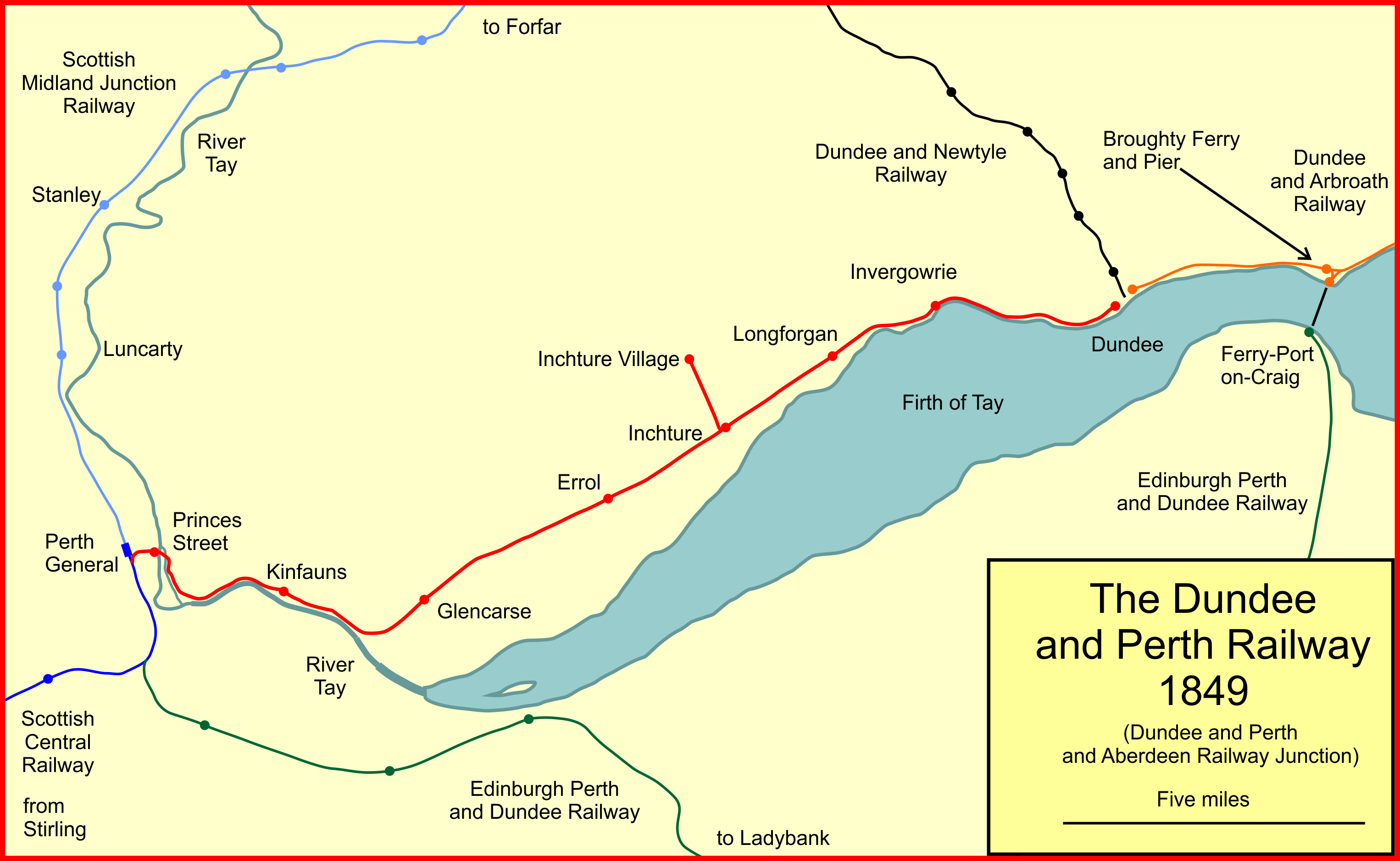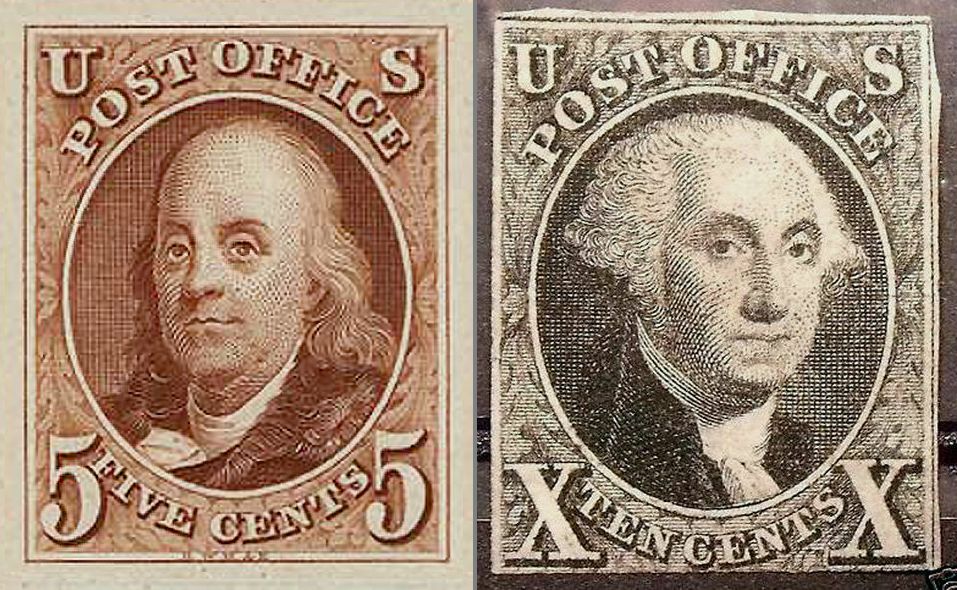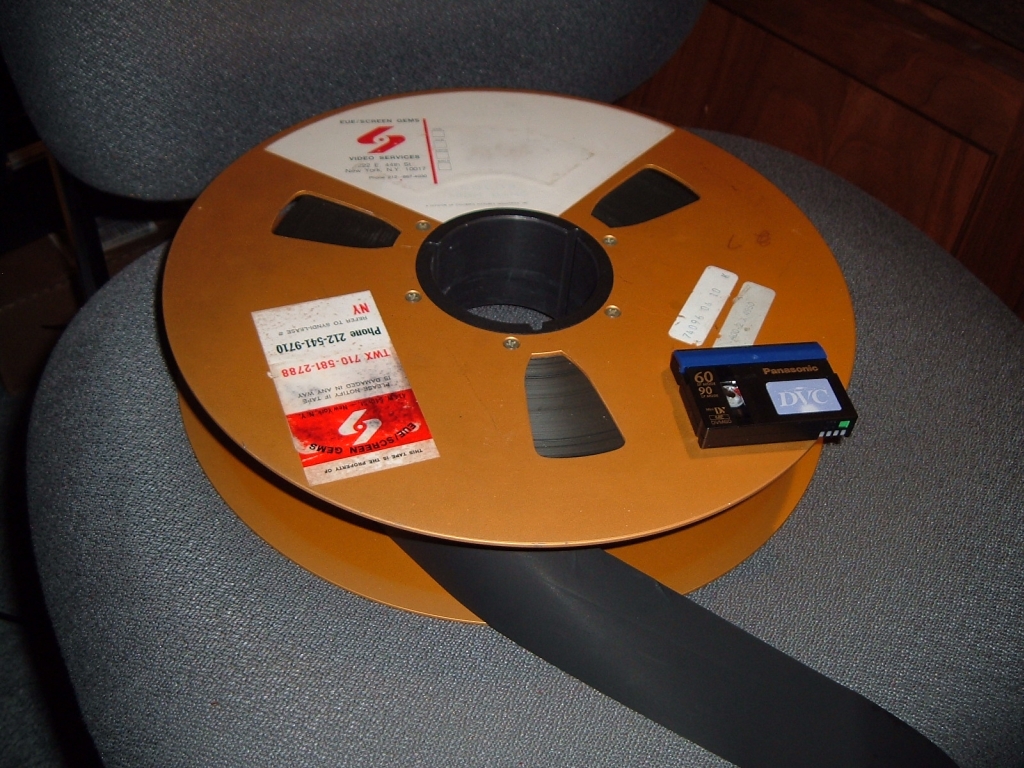|
Longforgan Railway Station
Longforgan railway station served the village of Longforgan, Perth and Kinross, Scotland from 1847 to 1956 on the Dundee and Perth Railway. History The station opened on 24 May 1847 by the Dundee and Perth Railway The Dundee and Perth Railway was a Scottish railway company. It opened its line in 1847 from Dundee to a temporary station at Barnhill and extended to Perth station in 1849. It hoped to link with other railways to reach Aberdeen and changed its .... The goods yard was to the north. The station closed to both passengers and goods traffic on 11 June 1956. The signal box and the station building remain and have been a listed building since 1993. References External links Disused railway stations in Perth and Kinross Former Caledonian Railway stations Railway stations in Great Britain opened in 1847 Railway stations in Great Britain closed in 1956 1847 establishments in Scotland 1956 disestablishments in Scotland Listed railway stations in Scotland ... [...More Info...] [...Related Items...] OR: [Wikipedia] [Google] [Baidu] |
Longforgan
Longforgan is a village and parish in the Carse of Gowrie, in Perth and Kinross, Scotland. It lies west of Dundee on the main A90 road. History A record survives of Sir Patrick Gray, as Baron of Longforgan, holding a baronial court here in 1385 on the Longforgan or Hund Hill; a moot hill. The officials present were the same as those at of the sovereign's courts. The village was created a burgh of barony in 1672. Castle Huntly, established in the 14th century and developed in the 17th and 18th centuries, is located south-west of the village. It is now an open prison. A woodland, Huntly Woods, is situated away from the village. There is evidence that a Roman Camp was built in Huntly woods. St Modwenna, who died in 521, is said to have founded a church at Longforgan. The present church, which probably stands on its site, was practically rebuilt in 1794, but during renovation about 1900, 15th century mouldings were discovered. A probably 13th century cross and a tombstone dat ... [...More Info...] [...Related Items...] OR: [Wikipedia] [Google] [Baidu] |
Perth And Kinross
Perth and Kinross ( sco, Pairth an Kinross; gd, Peairt agus Ceann Rois) is one of the 32 council areas of Scotland and a Lieutenancy Area. It borders onto the Aberdeenshire, Angus, Argyll and Bute, Clackmannanshire, Dundee, Fife, Highland and Stirling council areas. Perth is the administrative centre. With the exception of a large area of south-western Perthshire, the council area mostly corresponds to the historic counties of Perthshire and Kinross-shire. Perthshire and Kinross-shire shared a joint county council from 1929 until 1975. The area formed a single local government district in 1975 within the Tayside region under the ''Local Government (Scotland) Act 1973'', and was then reconstituted as a unitary authority (with a minor boundary adjustment) in 1996 by the '' Local Government etc. (Scotland) Act 1994''. Geographically the area is split by the Highland Boundary Fault into a more mountainous northern part and a flatter southern part. The northern area is a pop ... [...More Info...] [...Related Items...] OR: [Wikipedia] [Google] [Baidu] |
Ordnance Survey National Grid
The Ordnance Survey National Grid reference system (OSGB) (also known as British National Grid (BNG)) is a system of geographic grid references used in Great Britain, distinct from latitude and longitude. The Ordnance Survey (OS) devised the national grid reference system, and it is heavily used in their survey data, and in maps based on those surveys, whether published by the Ordnance Survey or by commercial map producers. Grid references are also commonly quoted in other publications and data sources, such as guide books and government planning documents. A number of different systems exist that can provide grid references for locations within the British Isles: this article describes the system created solely for Great Britain and its outlying islands (including the Isle of Man); the Irish grid reference system was a similar system created by the Ordnance Survey of Ireland and the Ordnance Survey of Northern Ireland for the island of Ireland. The Universal Transverse ... [...More Info...] [...Related Items...] OR: [Wikipedia] [Google] [Baidu] |
Dundee And Perth Railway
The Dundee and Perth Railway was a Scottish railway company. It opened its line in 1847 from Dundee to a temporary station at Barnhill and extended to Perth station in 1849. It hoped to link with other railways to reach Aberdeen and changed its name to the Dundee and Perth and Aberdeen Railway Junction Company, but this early attempt was frustrated, and for some years it failed to make a physical connection with other railways in Dundee. It was taken over by the larger Scottish Central Railway in 1863. Most of its main line is still in use today as the Perth to Dundee section of the railway network. History The first railways By 1840 Dundee was already served by two railways: the Dundee and Newtyle Railway had opened in 1831, connecting the city and harbour with the fertile agricultural area of Strathmore. The line had three rope-worked inclines with the sections either side operated by horses, and it had primitive stone block sleeper track with fish-bellied rails, to the unu ... [...More Info...] [...Related Items...] OR: [Wikipedia] [Google] [Baidu] |
Caledonian Railway
The Caledonian Railway (CR) was a major Scottish railway company. It was formed in the early 19th century with the objective of forming a link between English railways and Glasgow. It progressively extended its network and reached Edinburgh and Aberdeen, with a dense network of branch lines in the area surrounding Glasgow. It was absorbed into the London, Midland and Scottish Railway in 1923. Many of its principal routes are still used, and the original main line between Carlisle and Glasgow is in use as part of the West Coast Main Line railway (with a modified entry into Glasgow itself). Introduction In the mid-1830s, railways in England evolved from local concerns to longer routes that connected cities, and then became networks. In Scotland it was clear that this was the way forward, and there was a desire to connect the Central Belt to the incipient English network. There was controversy over the route that such a line might take, but the Caledonian Railway was formed on ... [...More Info...] [...Related Items...] OR: [Wikipedia] [Google] [Baidu] |
London, Midland And Scottish Railway
The London, Midland and Scottish Railway (LMSIt has been argued that the initials LMSR should be used to be consistent with LNER, GWR and SR. The London, Midland and Scottish Railway's corporate image used LMS, and this is what is generally used in historical circles. The LMS occasionally also used the initials LM&SR. For consistency, this article uses the initials LMS.) was a British railway company. It was formed on 1 January 1923 under the Railways Act of 1921, which required the grouping of over 120 separate railways into four. The companies merged into the LMS included the London and North Western Railway, Midland Railway, the Lancashire and Yorkshire Railway (which had previously merged with the London and North Western Railway on 1 January 1922), several Scottish railway companies (including the Caledonian Railway), and numerous other, smaller ventures. Besides being the world's largest transport organisation, the company was also the largest commercial enter ... [...More Info...] [...Related Items...] OR: [Wikipedia] [Google] [Baidu] |
Former Caledonian Railway Stations
A former is an object, such as a template, gauge or cutting die, which is used to form something such as a boat's hull. Typically, a former gives shape to a structure that may have complex curvature. A former may become an integral part of the finished structure, as in an aircraft fuselage, or it may be removable, being using in the construction process and then discarded or re-used. Aircraft formers Formers are used in the construction of aircraft fuselage, of which a typical fuselage has a series from the nose to the empennage, typically perpendicular to the longitudinal axis of the aircraft. The primary purpose of formers is to establish the shape of the fuselage and reduce the column length of stringers to prevent instability. Formers are typically attached to longerons, which support the skin of the aircraft. The "former-and-longeron" technique (also called stations and stringers) was adopted from boat construction, and was typical of light aircraft built until th ... [...More Info...] [...Related Items...] OR: [Wikipedia] [Google] [Baidu] |
Railway Stations In Great Britain Opened In 1847
Rail transport (also known as train transport) is a means of transport that transfers passengers and goods on wheeled vehicles running on rails, which are incorporated in tracks. In contrast to road transport, where the vehicles run on a prepared flat surface, rail vehicles (rolling stock) are directionally guided by the tracks on which they run. Tracks usually consist of steel rails, installed on sleepers (ties) set in ballast, on which the rolling stock, usually fitted with metal wheels, moves. Other variations are also possible, such as "slab track", in which the rails are fastened to a concrete foundation resting on a prepared subsurface. Rolling stock in a rail transport system generally encounters lower frictional resistance than rubber-tyred road vehicles, so passenger and freight cars (carriages and wagons) can be coupled into longer trains. The operation is carried out by a railway company, providing transport between train stations or freight customer facili ... [...More Info...] [...Related Items...] OR: [Wikipedia] [Google] [Baidu] |
Railway Stations In Great Britain Closed In 1956
Rail transport (also known as train transport) is a means of transport that transfers passengers and goods on wheeled vehicles running on rails, which are incorporated in tracks. In contrast to road transport, where the vehicles run on a prepared flat surface, rail vehicles ( rolling stock) are directionally guided by the tracks on which they run. Tracks usually consist of steel rails, installed on sleepers (ties) set in ballast, on which the rolling stock, usually fitted with metal wheels, moves. Other variations are also possible, such as "slab track", in which the rails are fastened to a concrete foundation resting on a prepared subsurface. Rolling stock in a rail transport system generally encounters lower frictional resistance than rubber-tyred road vehicles, so passenger and freight cars (carriages and wagons) can be coupled into longer trains. The operation is carried out by a railway company, providing transport between train stations or freight customer ... [...More Info...] [...Related Items...] OR: [Wikipedia] [Google] [Baidu] |
1847 Establishments In Scotland
Events January–March * January 4 – Samuel Colt sells his first revolver pistol to the U.S. government. * January 13 – The Treaty of Cahuenga ends fighting in the Mexican–American War in California. * January 16 – John C. Frémont is appointed Governor of the new California Territory. * January 17 – St. Anthony Hall fraternity is founded at Columbia University, New York City. * January 30 – Yerba Buena, California, is renamed San Francisco. * February 5 – A rescue effort, called the First Relief, leaves Johnson's Ranch to save the ill-fated Donner Party (California-bound emigrants who became snowbound in the Sierra Nevada earlier this winter; some have resorted to survival by cannibalism). * February 22 – Mexican–American War: Battle of Buena Vista – 5,000 American troops under General Zachary Taylor use their superiority in artillery to drive off 15,000 Mexican troops under Antonio López de Santa Anna, defeating the Mexicans the next day. * February ... [...More Info...] [...Related Items...] OR: [Wikipedia] [Google] [Baidu] |
1956 Disestablishments In Scotland
Events January * January 1 – The Anglo-Egyptian Condominium ends in Sudan. * January 8 – Operation Auca: Five U.S. evangelical Christian missionaries, Nate Saint, Roger Youderian, Ed McCully, Jim Elliot and Pete Fleming, are killed for trespassing by the Huaorani people of Ecuador, shortly after making contact with them. * January 16 – Egyptian leader Gamal Abdel Nasser vows to reconquer Palestine (region), Palestine. * January 25–January 26, 26 – Finnish troops reoccupy Porkkala, after Soviet Union, Soviet troops vacate its military base. Civilians can return February 4. * January 26 – The 1956 Winter Olympics open in Cortina d'Ampezzo, Italy. February * February 11 – British Espionage, spies Guy Burgess and Donald Maclean (spy), Donald Maclean resurface in the Soviet Union, after being missing for 5 years. * February 14–February 25, 25 – The 20th Congress of the Communist Party of the Soviet Union is held in Moscow. * February 16 – The 1956 ... [...More Info...] [...Related Items...] OR: [Wikipedia] [Google] [Baidu] |







